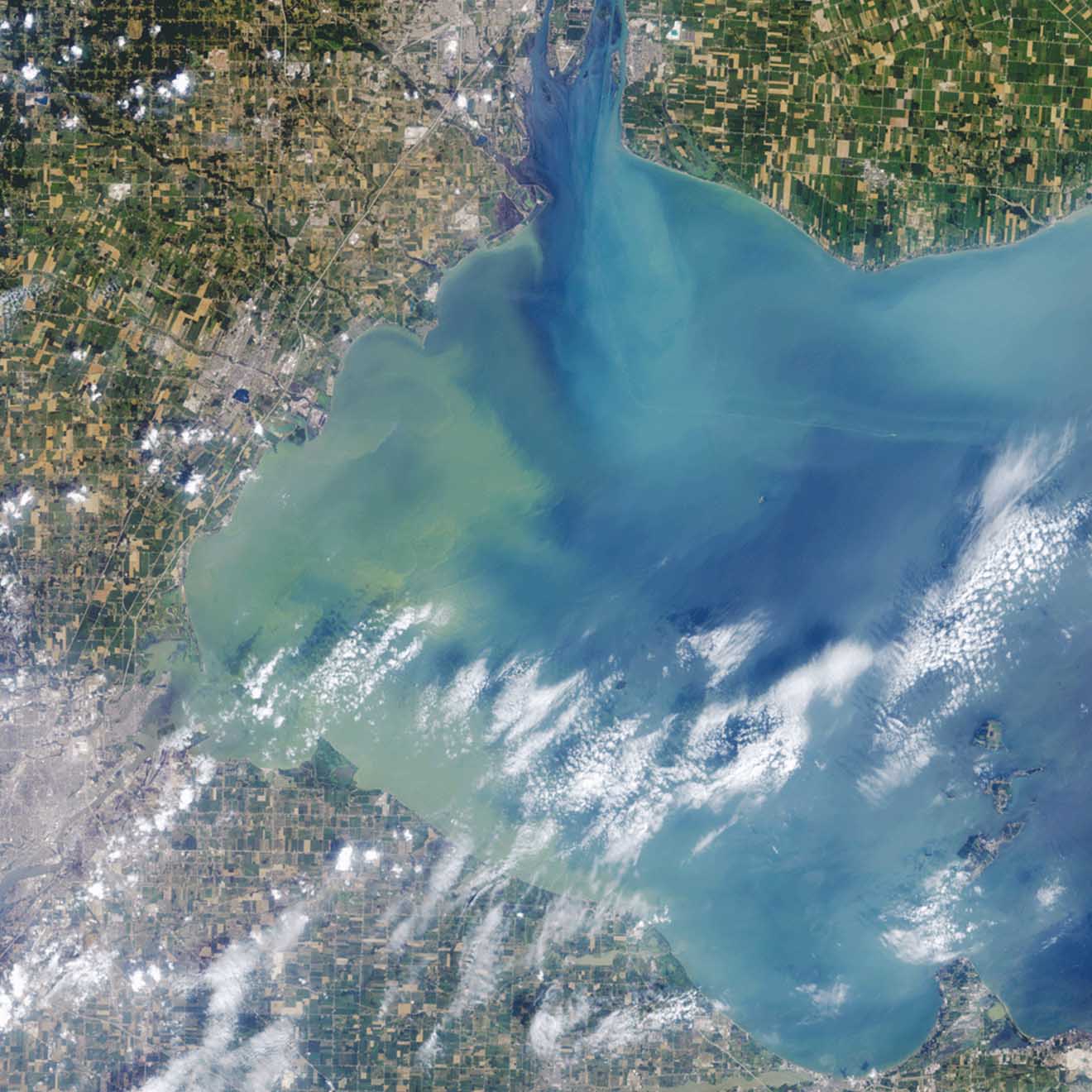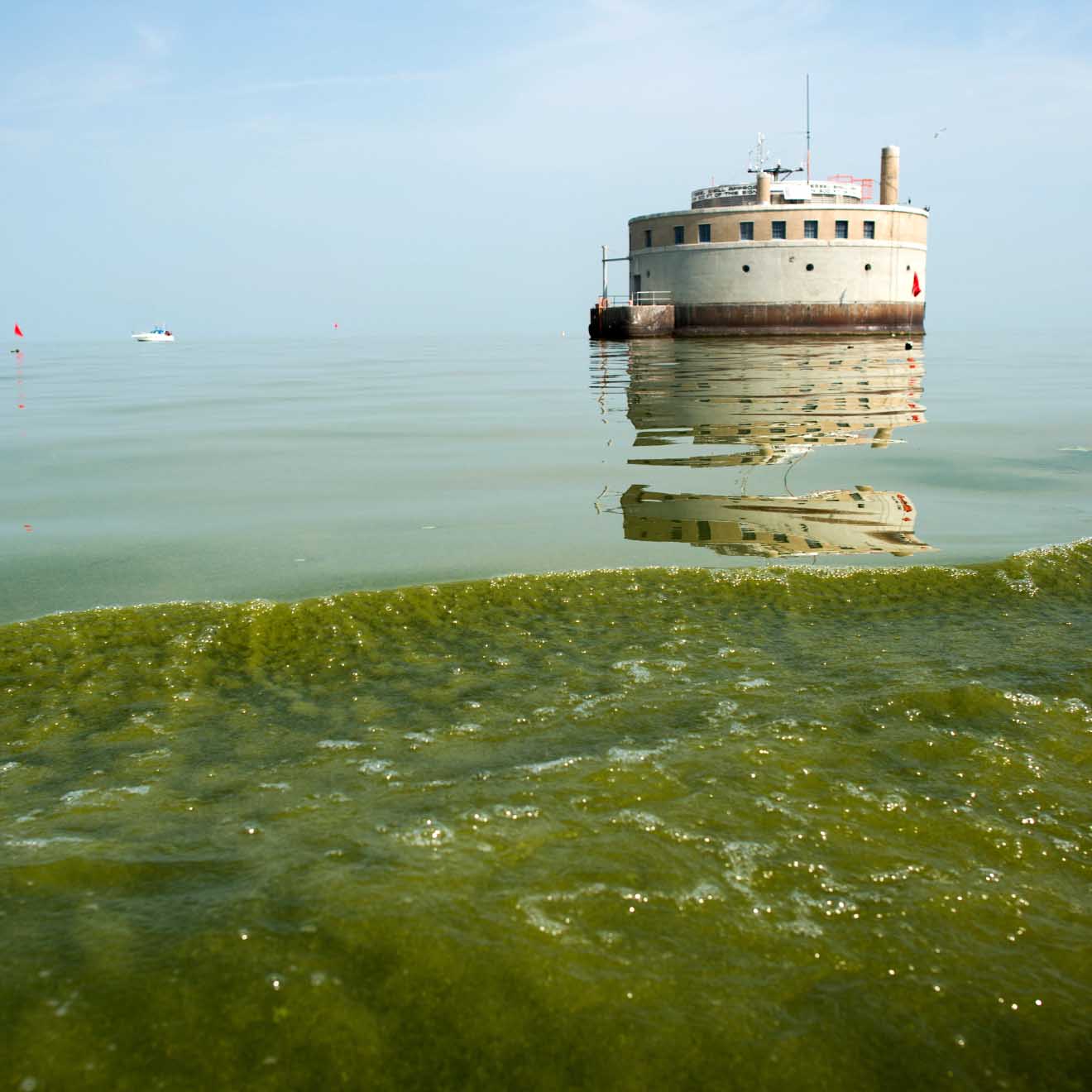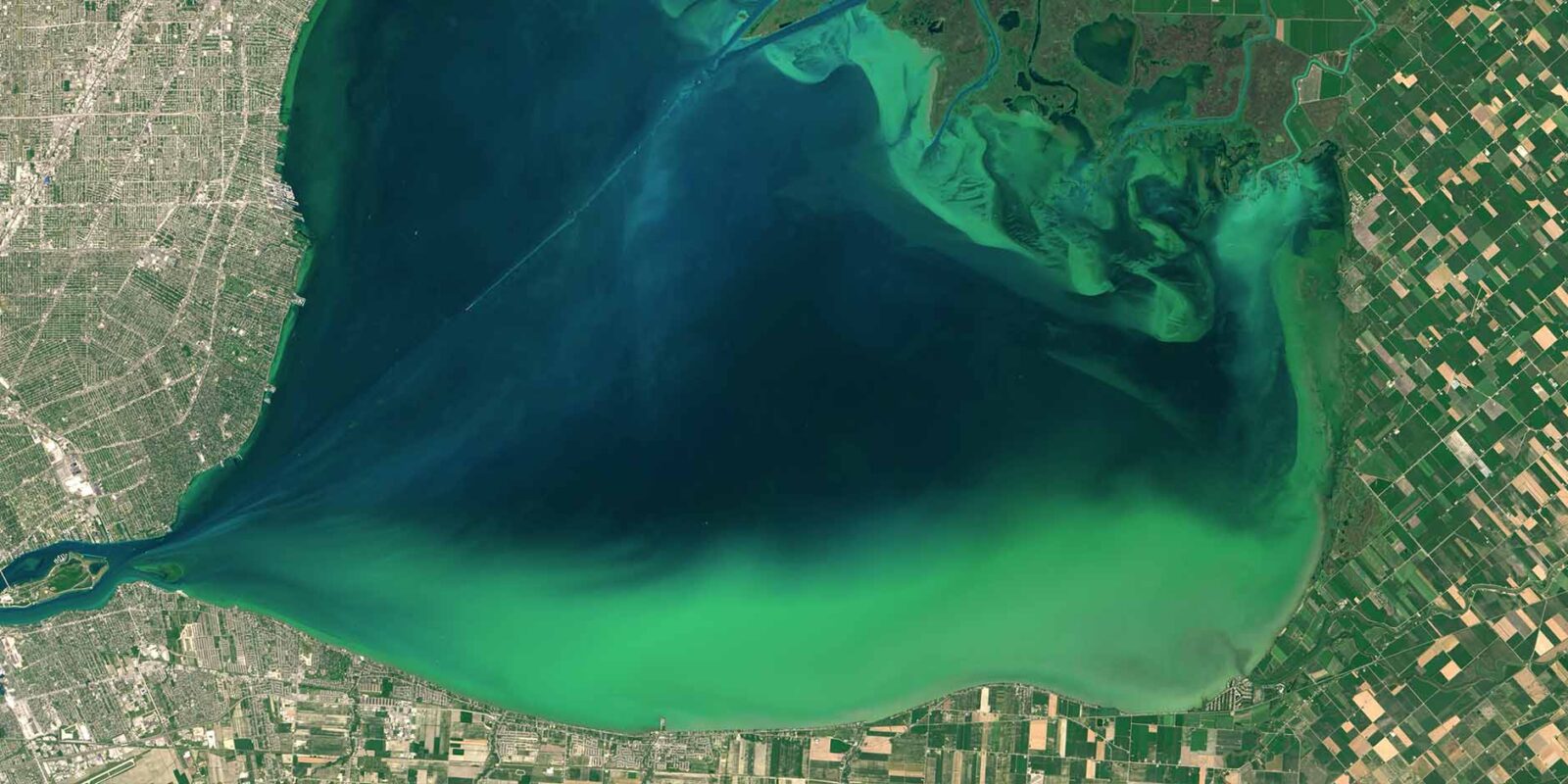New NASA research on toxic algae was compiled into a new dataset revealing 2300 lakes in the US contaminated with cyanobacteria.
In warm, stagnant, and nutrient-rich (nitrogen and phosphorus) water, cyanobacteria, also known as blue-green algae, can form harmful algae blooms (HABs). Some HABs are toxic, harming aquatic ecosystems, people, animals, drinking water supplies, the economy, and recreational activities.
The new study was published in the journal Remote Sensing of Environment and it is based on standardized satellite measurements dating from 2002.

State authorities and researchers have been using this data to monitor and deal with harmful blooms. Now, the general public and policymakers can also get near-real-time updates on cyanobacteria in more than 2300 lakes in the US and another 5000 in Alaska.
This data is highly valuable for state, tribal, and federal environmental officials, as they no longer have to rely on public notification to know which water bodies to take samples from.
NASA’s new dataset contains a cyanobacteria health risk index, raw data, and maps. The data and tools were provided by the Cyanobacteria Assessment Network—a collaboration between NASA, the Environmental Protection Agency, the National Oceanic and Atmospheric Administration, and the United States Geological Survey.
In 2017, public health and environmental officials in Utah quickly responded to a harmful algae bloom by warning the public after satellite data revealed high cyanobacterial concentrations. Detecting the bloom early made it possible to save hundreds of thousands of dollars in healthcare.

The new NASA research on toxic algae will not only provide information on a specific lake, but will also help compare blooms over time, across the US. It will provide valuable insights on how algae blooms are changing, in what ways, and to what extent. And most importantly, the data will allow for better monitoring and response efforts.
